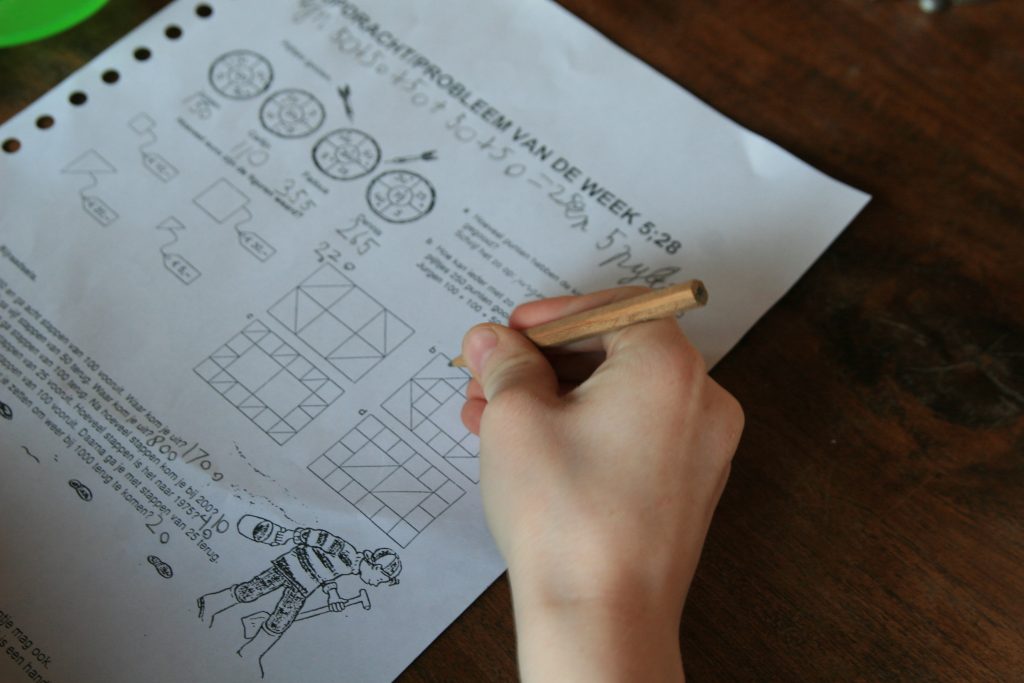 The worst thing that could happen if you are in a bad situation is for that situation to get worse. A New Orleans, Louisiana, resident found himself in that exact scenario when he was in legal trouble and subsequently found himself in even deeper legal trouble.
The worst thing that could happen if you are in a bad situation is for that situation to get worse. A New Orleans, Louisiana, resident found himself in that exact scenario when he was in legal trouble and subsequently found himself in even deeper legal trouble.
MT, the defendant, owned with his partners, a construction contracting company, Garner Services. When MT was the Chief Operating Officer, he and his brother-in-law, DF, created fictitious invoices for work never performed, amounting to $925,000 to a company that MT himself controlled.
After his fraud was discovered, MT was criminally charged with conspiracy to commit mail fraud, which he pled guilty to in exchange for no additional charges filed. The Government also informed MT that he would be indicted for concealing financial information to block the forfeiture of certain assets. Before the plea deal was signed, MT hired a private investigator, Tim Wilson, who spoke with two of the Assistant United States Attorney’s (“AUSAs”) for the Eastern District of Louisiana on MT’s behalf. Wilson stated the AUSAs promised not to execute on the forfeiture indictment. This “secret deal” was later contested by the AUSAs, who denied having made such a promise.
 Louisiana Personal Injury Lawyer Blog
Louisiana Personal Injury Lawyer Blog


 Many people think that if they make a will, the administration of their property after death will go smoothly, with no questions asked. This is not always the case. A Louisiana case out of Jefferson Parish dealt with one of these precarious situations.
Many people think that if they make a will, the administration of their property after death will go smoothly, with no questions asked. This is not always the case. A Louisiana case out of Jefferson Parish dealt with one of these precarious situations. A contract creates a level of trust between two businesses or individuals, but what happens when one individual fails to uphold their end of the bargain? Or worse yet, what happens when an individual purposefully misrepresents their ability to uphold their end of the bargain? These are issues the Louisiana Third Circuit Court of Appeal recently addressed in a lawsuit between Meyer & Associates, Inc. (“Meyer & Associates”) and the Coushatta Tribe of Louisiana.
A contract creates a level of trust between two businesses or individuals, but what happens when one individual fails to uphold their end of the bargain? Or worse yet, what happens when an individual purposefully misrepresents their ability to uphold their end of the bargain? These are issues the Louisiana Third Circuit Court of Appeal recently addressed in a lawsuit between Meyer & Associates, Inc. (“Meyer & Associates”) and the Coushatta Tribe of Louisiana. When an employee is injured on the job, workers’ compensation is often a faster and more efficient method to seek damages than other judicial remedies. Once a judgment is entered, it is important for the injured party to promptly collect damages because this judgment could prescribe, or no longer be enforceable.
When an employee is injured on the job, workers’ compensation is often a faster and more efficient method to seek damages than other judicial remedies. Once a judgment is entered, it is important for the injured party to promptly collect damages because this judgment could prescribe, or no longer be enforceable. Plaintiffs cannot litigate multiple lawsuits brought over the same cause of action. For example, if a company wrongfully terminates someone’s employment, the employee can traditionally bring only one lawsuit addressing this issue and not a second or third after a court decides the first. This barring is called
Plaintiffs cannot litigate multiple lawsuits brought over the same cause of action. For example, if a company wrongfully terminates someone’s employment, the employee can traditionally bring only one lawsuit addressing this issue and not a second or third after a court decides the first. This barring is called  Deadlines matter. They matter in all areas of life, but in the legal world, missing a deadline can determine whether legal action will move forward or not. With every cause of action, there are time frames for filing claims and appeals and oftentimes—even in situations where recovery seems necessary or deserved—courts will dismiss cases filed outside these time frames. In a lawsuit against Rapides Regional Medical Center (Rapides Regional), Mrs. Susanna Duckering learned this lesson the hard way.
Deadlines matter. They matter in all areas of life, but in the legal world, missing a deadline can determine whether legal action will move forward or not. With every cause of action, there are time frames for filing claims and appeals and oftentimes—even in situations where recovery seems necessary or deserved—courts will dismiss cases filed outside these time frames. In a lawsuit against Rapides Regional Medical Center (Rapides Regional), Mrs. Susanna Duckering learned this lesson the hard way. What happens when you file a lawsuit and then fail to file any pleadings beyond the initial Petition for Damages? Is the case eligible for a new trial? Or is simply determined abandoned? Typically, when you wait too long to respond after a lawsuit has been filed, the case will be considered abandoned, and it will be dismissed. There are two types of case dismissals: (1) dismissal with prejudice, and (2) dismissal without prejudice. Generally, when a case is dismissed with prejudice, you cannot get a new trial even if the statute of limitations has not run out, and there is no right to appeal.
What happens when you file a lawsuit and then fail to file any pleadings beyond the initial Petition for Damages? Is the case eligible for a new trial? Or is simply determined abandoned? Typically, when you wait too long to respond after a lawsuit has been filed, the case will be considered abandoned, and it will be dismissed. There are two types of case dismissals: (1) dismissal with prejudice, and (2) dismissal without prejudice. Generally, when a case is dismissed with prejudice, you cannot get a new trial even if the statute of limitations has not run out, and there is no right to appeal.  While running errands all day, to the cleaners and the grocery store, the last thing on one’s mind is getting hurt along the way. Proving fault for an injury can sometimes be more of a pain than the injury itself. Collecting evidence like pictures or eye witness reports is the last thing you want to do after suffering a fall, but to prove your case in court, it is necessary. Failure to do so can result in not only the pain from your injury but also the bill.
While running errands all day, to the cleaners and the grocery store, the last thing on one’s mind is getting hurt along the way. Proving fault for an injury can sometimes be more of a pain than the injury itself. Collecting evidence like pictures or eye witness reports is the last thing you want to do after suffering a fall, but to prove your case in court, it is necessary. Failure to do so can result in not only the pain from your injury but also the bill. Everyone has that one coworker that just gets under their skin. Some days even the sound of their voice feels like it will push you over the edge. However, when things turn physical in the workplace, not only is an employee at fault, but the company may be as well.
Everyone has that one coworker that just gets under their skin. Some days even the sound of their voice feels like it will push you over the edge. However, when things turn physical in the workplace, not only is an employee at fault, but the company may be as well. The term concurrent-cause is a legal doctrine that may be vital to your commercial property. If loss or damage occurs as a result of two or more causes, one event may be covered while the other is not. It would not matter if the events happened at the same time, or if one event occurred before the other. That is why [i]t is essential that the insured produce evidence which will afford a reasonable basis for estimating . . . the proportionate part of damage caused by a risk covered by the insurance policy.”
The term concurrent-cause is a legal doctrine that may be vital to your commercial property. If loss or damage occurs as a result of two or more causes, one event may be covered while the other is not. It would not matter if the events happened at the same time, or if one event occurred before the other. That is why [i]t is essential that the insured produce evidence which will afford a reasonable basis for estimating . . . the proportionate part of damage caused by a risk covered by the insurance policy.”